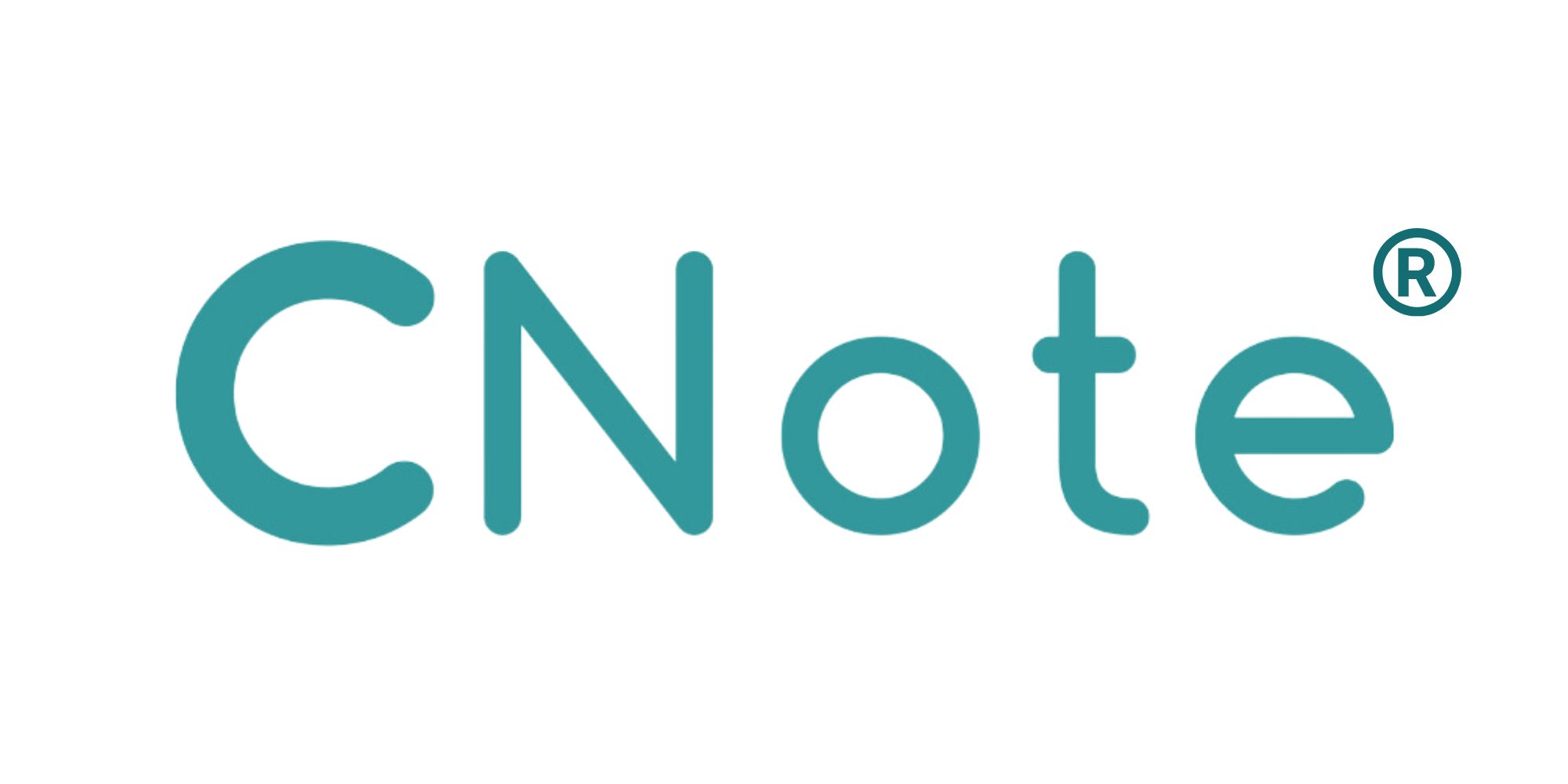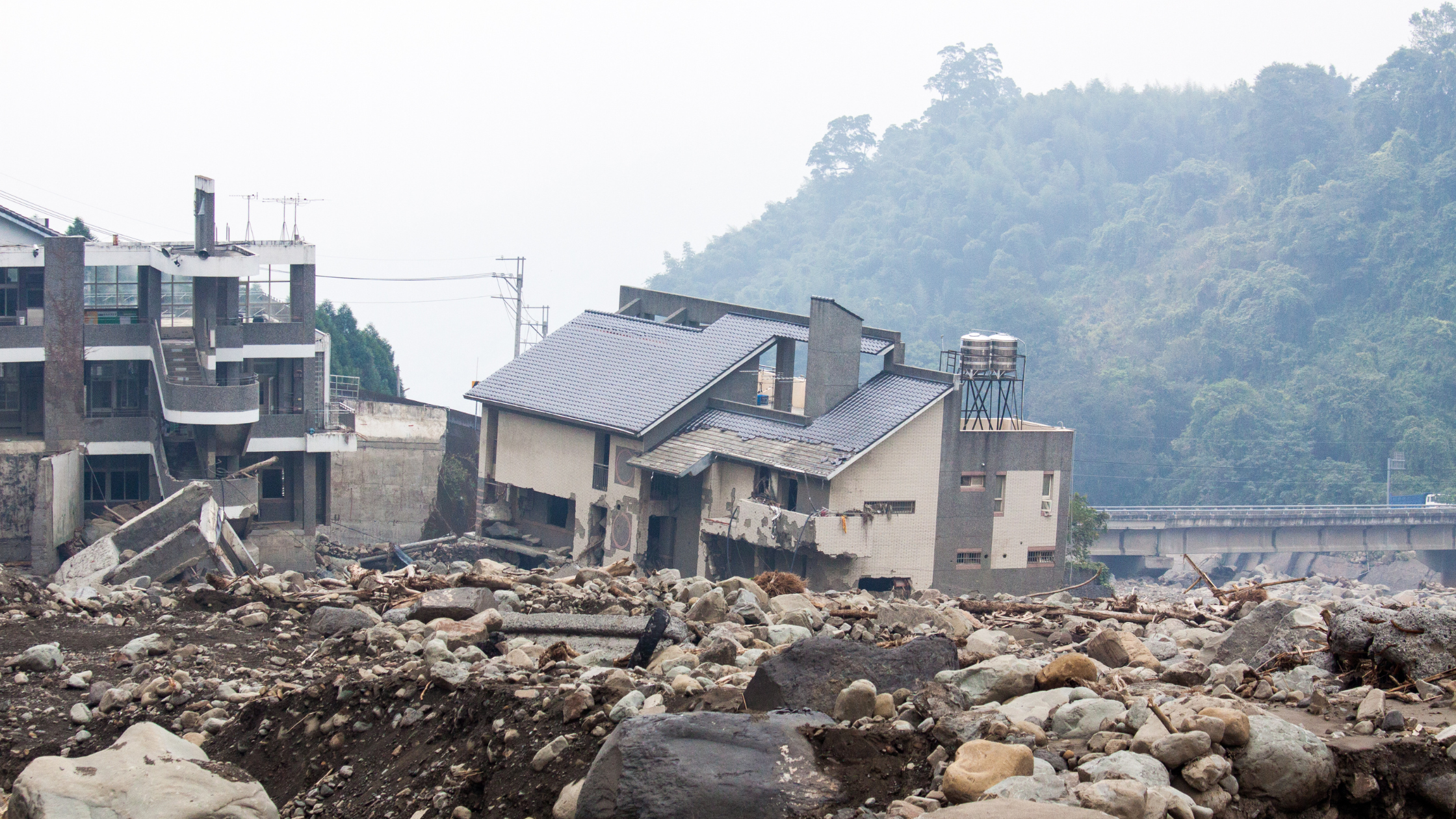Disasters leave more than physical damage in their wake. Families are displaced, small businesses close their doors, and entire communities are left wondering how they will rebuild. Federal aid often arrives quickly, but it can only go so far. Once the initial response ends, there is often a gap between short-term relief and long-term recovery.
That is where Community Banks step in. They are not just lenders. They are trusted local partners who provide the capital and guidance that communities need to recover, rebuild, and prepare for the future.
For corporate treasurers, understanding the role of Community Banks in disaster recovery is more than an educational exercise. It presents an opportunity to align treasury strategies with resilience, stability, and impact.
What Are Community Banks and Why Do They Matter in Disasters?
Community Banks are mission-driven financial institutions certified by the U.S. Treasury to serve communities that have been historically underserved by traditional banks. They provide mortgages, small business loans, and financing for affordable housing and community facilities (source: congress.gov).
Unlike large financial institutions, community banks have deep local roots. They know the small business owners, the community organizations, and the families they serve. That trust allows them to act quickly and flexibly in times of crisis (source: cdfi.org, occ.gov).
How Community Banks Support Communities in Times of Crisis
When disasters hit, communities cannot afford to wait months for financial assistance. Community Banks are uniquely equipped to fill the gaps with practical, community-focused solutions:
- Emergency loans for immediate needs. Families and small businesses often need quick access to capital to cover expenses and keep operations afloat. Community Banks provide these loans with flexible underwriting, taking into account the realities of disaster recovery (source: nextcity.org).
- Bridging the gap after federal aid ends. FEMA and other federal programs address immediate relief. Once that support winds down, Community Banks step in with long-term financing that helps communities rebuild homes, reopen businesses, and restore critical services (source: cdfi.org).
- Streamlined and accessible programs. Community Banks often consolidate multiple support programs into a single, simplified process. The Impact Development Fund, for example, reduces red tape so that survivors can focus on rebuilding their lives instead of navigating confusing paperwork (source: afterthefireusa.org).
From Relief to Resilience: Building Back Stronger
Community Banks do more than provide short-term recovery assistance. They help communities rebuild with resilience in mind.
- COVID-19 response. During the pandemic, Community Banks demonstrated their ability to move quickly and inclusively. They issued more than 106,000 Paycheck Protection Program loans worth $7.4 billion in under 90 days, reaching small businesses that traditional banks often overlooked (source: forbes.com).
- Keeping small businesses open. By providing affordable financing and flexible repayment terms, Community Banks help small businesses survive after disasters. This means jobs are preserved, employees remain secure, and local economies continue functioning (source: occ.gov).
- Reaching rural and underserved regions. In rural areas, Community Banks often serve as the only financial institutions willing to take on recovery projects. They help fund resilient housing, restore infrastructure, and support entrepreneurs who want to reopen or expand after a crisis (source: forbes.com).
This resilience-focused approach ensures that communities do not just return to where they were before the disaster, but instead are better prepared for future challenges.
Why Corporate Treasurers Should Pay Attention
Disaster recovery may not be the first thing that comes to mind for a corporate treasury team. But where your organization places its capital has a direct impact on how communities recover and how resilient your markets, employees, and supply chains remain.
Here are four reasons why corporate treasurers should consider aligning with Community Banks:
- Liquidity with purpose. Deposits placed with Community Banks remain insured and accessible, while also being deployed to support urgent recovery efforts in vulnerable communities.
- Resilient supply chains and markets. By supporting small businesses and housing recovery, Community Banks ensure that the local economies your company depends on remain stable and productive.
- Sustained impact. Unlike a one-time donation, deposits with Community Banks are renewable resources. They are repaid and recycled back into the community, creating ongoing benefits (home.treasury.gov, home.treasury.gov).
- Alignment with industry leaders. Large corporations and banks are increasingly recognizing the value of Community Banks. Bank of America, for example, has pledged millions of dollars in grants to strengthen the Community Bank sector and expand its reach (occ.gov).
A Picture of Resilience
Imagine a coastal town devastated by a hurricane. Homes are destroyed, small businesses are forced to close, and families are left struggling to figure out what comes next. Federal relief provides some immediate relief, but it eventually runs out.
This is when a local Community Banks steps in. Emergency loans help families cover housing costs. Small business owners receive affordable financing to reopen their doors. Partnerships with nonprofits and local governments lead to safer, storm-resistant housing and stronger infrastructure. Slowly but surely, the town begins to recover.
Now imagine that your company’s deposits played a role in making that possible.
Conclusion: Turning Treasury Strategies into Community Resilience
Disasters will always happen. What determines how communities survive them is access to resources that are fast, flexible, and grounded in local trust. Community Banks provide exactly that. They do not just help communities survive; they help them thrive again.
For corporate treasurers, this is a chance to turn treasury management into something bigger. By placing deposits with Community Banks, you are not only safeguarding your company’s liquidity, you are also building resilience in the communities where your employees work, where your customers live, and where your supply chains run.
In a world where disasters are becoming more frequent and costly, the question is no longer whether your company should act, but how. Partnering with Community Banks offers a clear, measurable, and meaningful way to make your capital part of the solution.
Your deposits can do more than sit idle. They can help communities bounce back.


